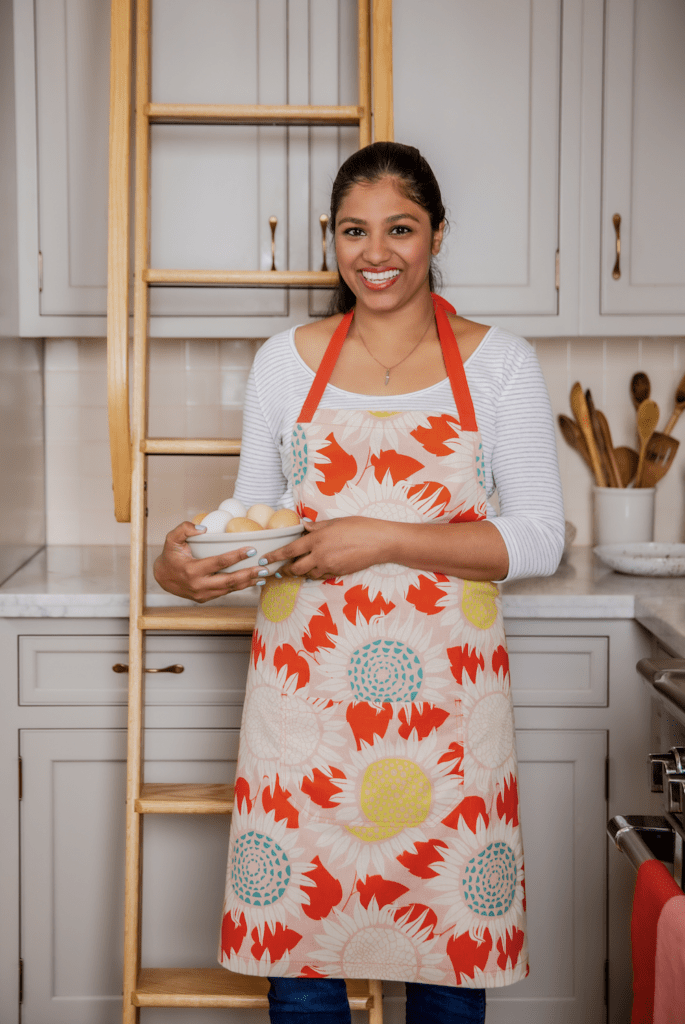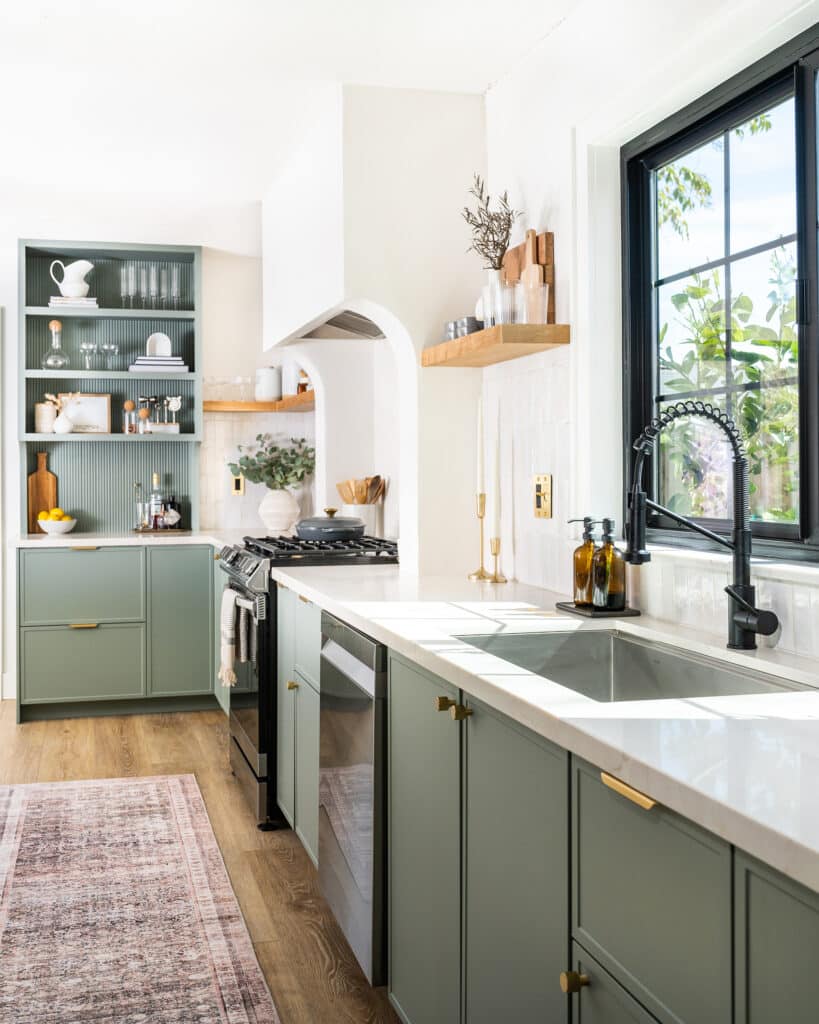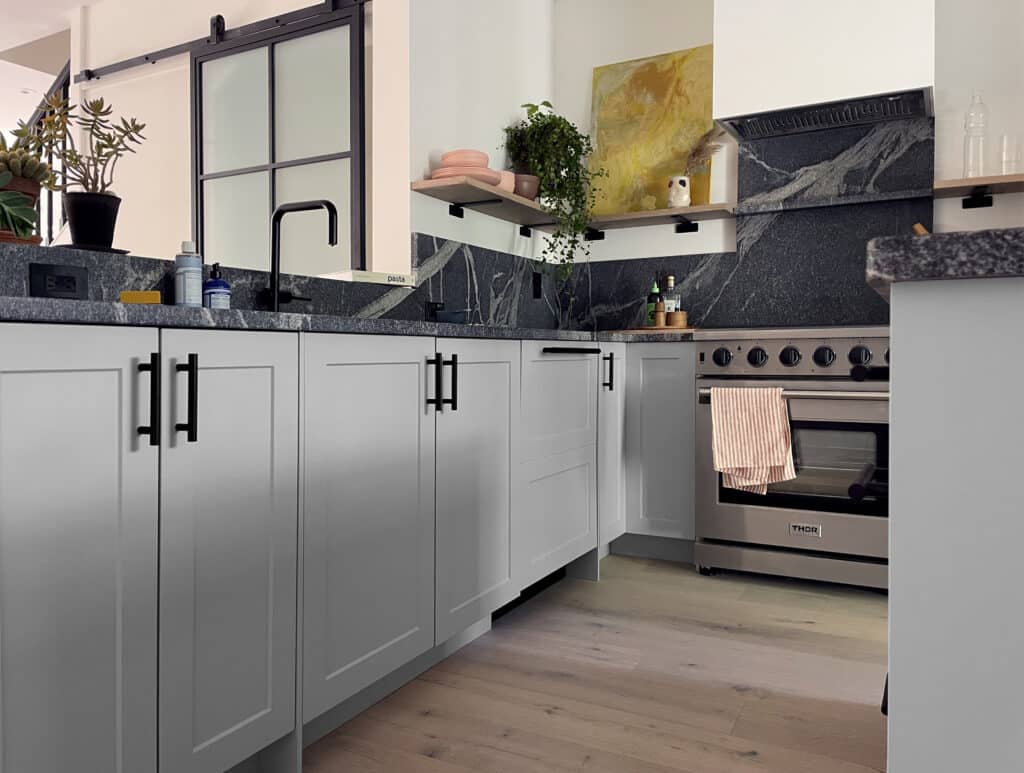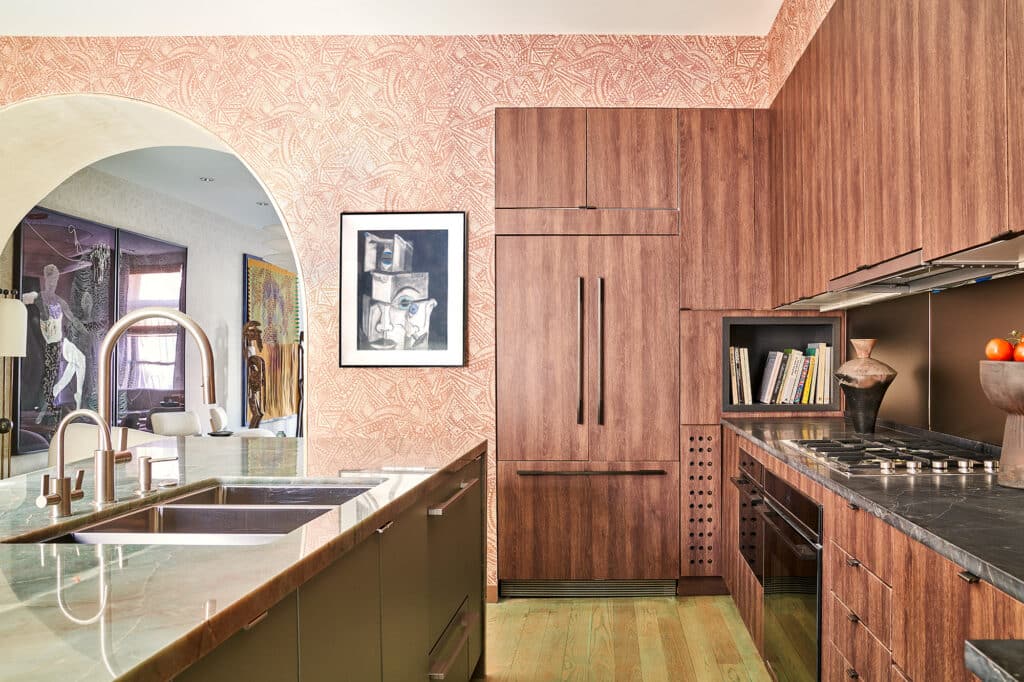So the pandemic has forced you to roll up our sleeves and get comfortable in the kitchen, but your sourdough starter was a total fail and your dinners don’t look anything like the food on your Instagram?
Before you throw in the towel and resort to takeout for the umpteenth time, know this: While cooking isn’t a natural art for everyone, it can be learned. And it all starts with the basics, like learning how to organize your spices for maximum efficiency.
To help you create a system that really works—and is bound to up your cooking game—we turned to Hetal Vasavada, a professional cook and Masterchef contestant. Here’s how she keeps her flavor station in check:
Stash Spices in a Cool, Dark Place
Though it’s tempting to display essentials on the counter right next to the stove for easy access, resist the urge. Vasavada suggests storing spices out of the sunlight in a cool, dark spot to prevent premature degradation. But remember: Quick access is key.
Don’t Hide Them Too Far From the Stove
The chef, who relies on flavors like cardamom, cumin, coriander, turmeric, and red chili powder for most recipes, tucks all of her flavorings away in three drawers right next to her stove. Why? Convenience, namely. “Indian cooking—all cooking, really—is pretty time-sensitive,” she says. “You want to add spices at the right time, so they bloom properly.” Jars are easier to grab when they’re close at hand, which means you’re less likely to spill as you’re rushing around.
If you only have a small amount of cabinet space to devote, consider shelf risers. And, no matter which route you go, don’t forget to place liners underneath to keep things neatly in place, plus prevent staining should anything spill.
Buy in Bulk to Keep Things Fresh
There’s a reason supermarket garlic powder isn’t nearly as intense as a head of garlic purchased from the farmers market: pre-ground and bottled ingredients can sit on shelves for months. And the longer you keep them, the more they lose all those flavorful essential oils.
“For maximum depth of flavor when cooking, you want to grind all of your seasonings,” says Vasavada. Buy them in bulk from reputable companies that have sustainable practices and treat farmers fairly—Diaspora Co., Burlap & Barrel, or Spicewalla are a few of her favorites—then roast, grind, and place in small jars. To do so, simply add whole spices to a dry pan over low heat, tossing frequently, until fragrant (a process that should only take a few minutes) and reduce to a powder in a mortar and pestle. Tuck any excess away in tinted Mason jars and stash them in a cabinet or pantry away from sunlight.
Decant Everything in Matching Containers
The type of storage vessel you use is a matter of personal preference—stainless steel, glass, or plastic will all do the trick—but Vasavada says decanting is worth the extra step. At home, she uses an Indian household staple called a masala dabba to house her ground spices. (The big round box contains an array of small circular containers meant to house each flavor in one collective location.)
Don’t Forget to Label Clearly
Even if you don’t take the time to grind every seasoning, Vasavada says you should decant into clearly labeled jars. Why? “The uniformity makes everything easier to find, ultimately making cooking more efficient,” she explains. In a cabinet, place labels on the side where you can spot them. If you stash your cooking essentials in a drawer, put the labels facing up.
You can use your own label maker or browse a multitude of well-designed online options (Vasavada likes the pre-made collections offered by Global Pantry Company).
How you arrange labeled containers is up to you. In Indian cooking, masala dabbas are generally organized by type: warm spices, everyday spices, etc. According to Vasavada, whatever method makes the most sense to you is the best one. Because when you have a system that works for your lifestyle, you’re already winning in the kitchen.








